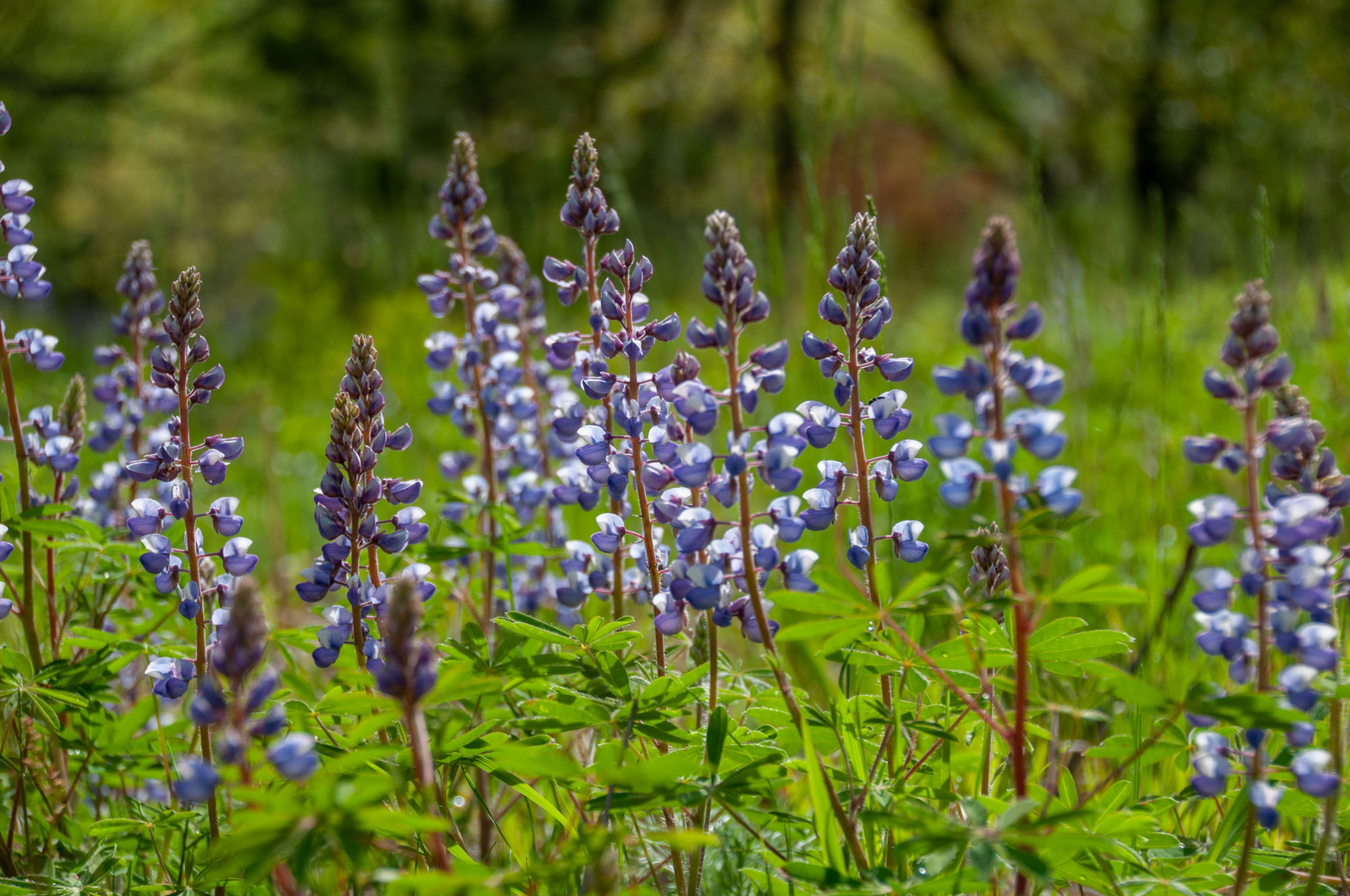
Why we #OptOutside every Black Friday at Saul Lake Prairie
 A couple weeks ago, a post from outdoor retailer REI scrolled across my Instagram feed. The post announced a new focus for this year’s edition of #OptOutside, REI’s increasingly popular push to get people outdoors on Black Friday. This time around, instead of just getting outside, the post suggested that I “opt to act,” that I “start something,” that I join the movement to “fight for life outdoors” on that day. The message was inspirational and fresh, especially coming from a retailer that has a lot to lose by closing its doors on the biggest shopping day of the year.
A couple weeks ago, a post from outdoor retailer REI scrolled across my Instagram feed. The post announced a new focus for this year’s edition of #OptOutside, REI’s increasingly popular push to get people outdoors on Black Friday. This time around, instead of just getting outside, the post suggested that I “opt to act,” that I “start something,” that I join the movement to “fight for life outdoors” on that day. The message was inspirational and fresh, especially coming from a retailer that has a lot to lose by closing its doors on the biggest shopping day of the year.
But as I thought about REI’s new call to action, I realized that bettering the earth on Black Friday is nothing new for Land Conservancy volunteers. They’ve been doing it at Saul Lake Prairie for years.
Two decades of opting to act
In fact, volunteers have heard our same pitch for nearly two decades: drag yourself out of bed (or away from Target) on Black Friday and help plant the next section of prairie. And the response to our pitch has been unequivocally impressive. Thanks to the dedication of hundreds of Black Friday volunteers, Saul Lake Prairie has expanded from a ragged patch of grass the size of a kitchen table to one of the largest and most biodiverse tallgrass prairies in Michigan.
Which got me thinking: Why, exactly, do people keep coming back, year after year? Don’t people have better things to do that day?
Maybe it’s the fresh air and a chance to stretch the legs, much needed after a day of too much turkey and awkward family conversations. Maybe it’s the feeling of satisfaction that comes from helping the Land Conservancy complete a time-consuming field task. Or it’s the donuts, cider and camaraderie shared with fellow restorationists when the work is done. Those are all fine things, and they may be enough to bring at least a few people out to Saul Lake Prairie for the morning.
But for me, the act of scattering seeds on Black Friday accomplishes much more than eliciting feelings of festivity, inspiration and do-goodism. The work at Saul Lake is transformative, and the results are lasting.

Throwing seeds, cultivating a healthy landscape
If we’re serious about sustaining biodiversity, participating in our Black Friday tradition is one way to do it. This year’s seed mix will contain more than 70 native species, all collected from local West Michigan sources. Some, like compass plant, are bold and charismatic and will announce themselves in late summer with canary blossoms towering nine feet overhead. Others, like Muhlenberg’s sedge, are nondescript and unheralded, quietly playing their role within the region’s extraordinarily complex web of biological relationships. At last count, Saul Lake Prairie now supports 119 plant species, which blend with the surrounding landscape to provide habitat for at least 120 species of birds and uncountable insects, arthropods and fungi.
As if that’s not enough, the ecological benefits of “opting to act” at Saul Lake on Black Friday go well beyond promoting biodiversity. The seeds of big bluestem, indian grass and prairie dock planted that day will eventually send roots ten feet down, anchoring soils in place and protecting water quality in a half-dozen nearby wetlands—including the preserve’s namesake bog. As the roots continue to grow, they’ll inject massive amounts of carbon, absorbed from the atmosphere, deep underground, where it will stay locked in the soil for centuries. Aboveground, the prairie that arises from a once-barren landscape will merge with the surrounding forest, restoring severed connections between plants and animals, species and habitats, people and nature.
Simple act, big impact
That’s a lot of weight to put on the simple act of throwing seeds out of a bucket. But if you have any doubts about the effectiveness of this work, ask the sandhill cranes who rest in the prairie on their way to the bog in the spring. Ask the bees, dragonflies and cicadas bustling through the summertime greenery—if you can get a word in edgewise over their ruckus. Ask the bluebirds and juncos who flit through the tops of the bluestem in October, when the maple and hickory frame the prairie in crimson and gold. Or, join us this year on a chilly Black Friday morning, where you can ask any number of West Michiganders, who year after year—for all manner of reasons—have opted to act.
Featured image by Alejandro Photography










Kari Gibbons
Beautifully written Justin!
Robb N. Johnston
Awesome post, see you out there 🙂